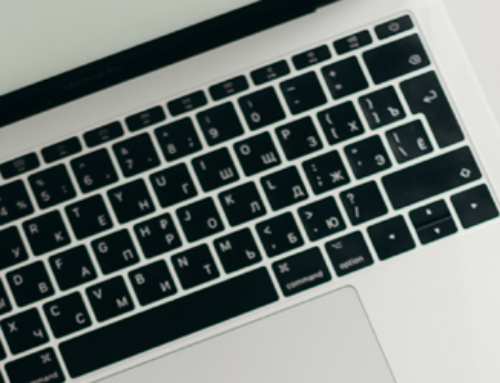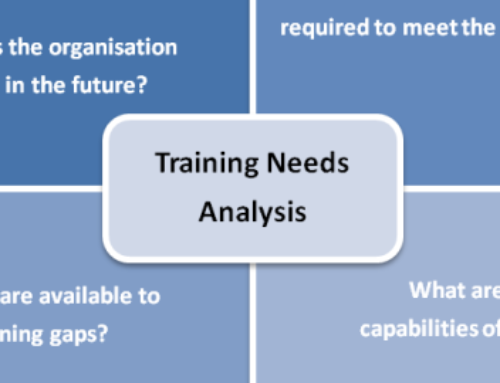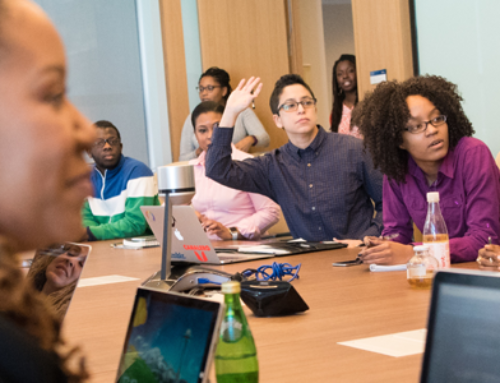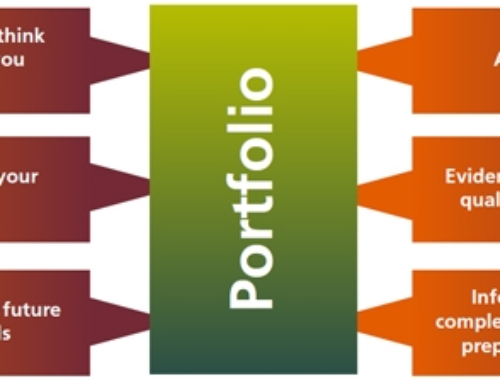What is flow?
Imagine for a moment that you are running a race. Your attention is focused on the movements of your body, the power of your muscles, the force of your lungs, and the feel of the street beneath your feet. You are living in the moment, utterly absorbed in the present activity. Time seems to fall away. You are tired, but you barely notice.
According to positive psychologist Mihály Csíkszentmihályi, what you are experiencing in that moment is known as flow, a state of complete immersion in an activity.
The mental state of flow is “being completely involved in an activity for its own sake. The ego falls away. Time flies. Every action, movement, and thought follows inevitably from the previous one, like playing jazz. Your whole being is involved, and you’re using your skills to the utmost.”
Flow experiences can occur in different ways for different people. Some might experience flow while engaging in a sport such as skiing, tennis, soccer, dancing, or running. Others might have such an experience while engaged in an activity such as painting, drawing, or writing.
How Does it Feel to Experience Flow?
According to Csíkszentmihályi, there are ten factors that accompany the experience of flow. While many of these components may be present, it is not necessary to experience all of them for flow to occur:
- Clear goals that, while challenging, are still attainable.
- Strong concentration and focused attention.
- The activity is intrinsically rewarding.
- Feelings of serenity; a loss of feelings of self-consciousness.
- Timelessness; a distorted sense of time; feeling so focused on the present that you lose track of time passing.
- Immediate feedback.
- Knowing that the task is doable; a balance between skill level and the challenge presented.
- Feelings of personal control over the situation and the outcome.
- Lack of awareness of physical needs.
- Complete focus on the activity itself.
How to Achieve Flow
So what can you do to increase your chances of achieving flow? In his book, Csíkszentmihályi explains that flow is likely to occur when an individual is faced with a task that has clear goals that require specific responses. A game of chess is a good example of when a flow state might occur. For the duration of a competition, the player has very specific goals and responses, allowing attention to be focused entirely on the game during the period of play.
“Flow also happens when a person’s skills are fully involved in overcoming a challenge that is just about manageable, so it acts as a magnet for learning new skills and increasing challenges,” Csíkszentmihályi explains.
Applications and Examples of Flow
While flow experiences can happen as part of everyday life, there are also important practical applications in various areas including education, sports, and the workplace.
- Examples of Flow in Education: Csíkszentmihályi has suggested that over-learning a skill or concept can help people experience flow. Another critical concept in his theory is the idea of slightly extending oneself beyond one’s current ability level. This slight stretching of one’s current skills can help the individual experience flow.
- Examples of Flow in Sports: Just like in educational settings, engaging in a challenging athletic activity that is doable but presents a slight stretching of one’s abilities is a good way to achieve flow. Sometimes described by being “in the zone,” reaching this state of flow allows an athlete to experience a loss of self-consciousness and a sense of complete mastery of the performance.
- Examples of Flow in the Workplace: Flow can also occur when workers are engaged in tasks where they are able to focus entirely on the project at hand. For example, a writer might experience this while working on a novel or a graphic designer might achieve flow while working on a website illustration.
The Benefits of Flow
In addition to making activities more enjoyable, flow also has a number of other advantages.
- Flow can lead to improved performance. Researchers have found that flow can enhance performance in a wide variety of areas including teaching, learning, athletics, and artistic creativity.
- Flow can also lead to further learning and skill development. Because the act of achieving flow indicates a substantial mastery of a certain skill, the individual must continually seek new challenges and information in order to maintain this state.
“The best moments in our lives are not the passive, receptive, relaxing times… The best moments usually occur if a person’s body or mind is stretched to its limits in a voluntary effort to accomplish something difficult and worthwhile.” ~Mihaly Csikszentmihalyi (1990, p. 3)
Sources:
- Csikszentmihalyi, M. & Rathunde, K. (1993). The Measurement of Flow in Everyday Life: Towards a Theory of Emergent Motivation. Jacobs, J.E.. Developmental Perspectives on Motivation. Nebraska Symposium on Motivation. Lincoln: University of Nebraska Press.
- Csíkszentmihályi, Mihály (1975), Beyond Boredom and Anxiety, San Francisco, CA: Jossey-Bass.
- Csikszentmihalyi, M. (1997) Finding Flow: The Psychology of Engagement with Everyday Life. Basic Books, New York.
- Csikszentmihalyi, M.; Abuhamdeh, S. & Nakamura, J. (2005), Flow, in Elliot, A., Handbook of Competence and Motivation, New York: The Guilford Press, pp. 598–698.
- Geirland, John. Go With the Flow. Wired. https://www.wired.com/1996/09/czik/.
- Snyder, C.R. & Lopez, Shane J. (2007), 11, Positive Psychology, Sage Publications, Inc.





